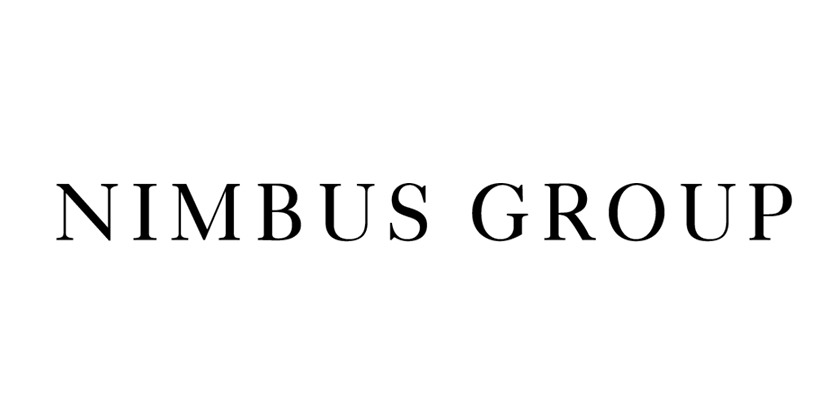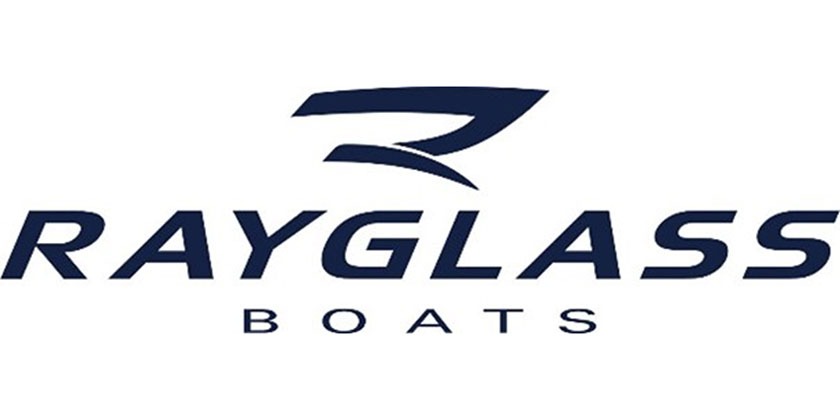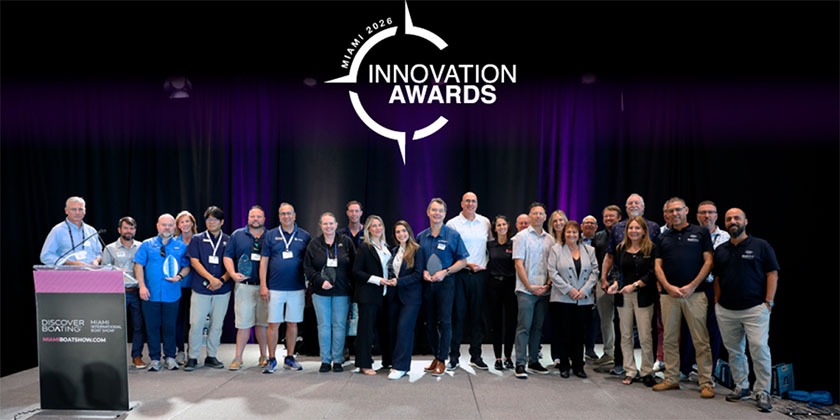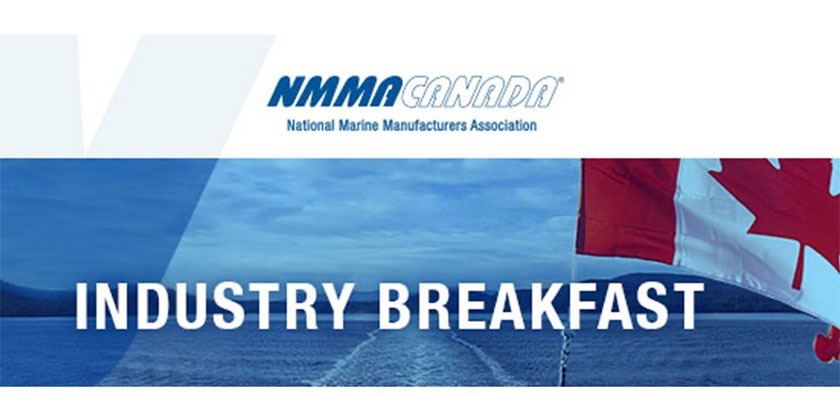MARINA WASTEWATER TREATMENT
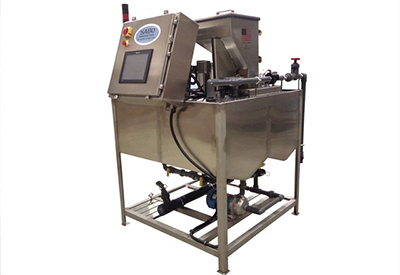
Feb 11, 2020
Many ships, yachts and boats in recreational and commercial marinas commonly use anti-fouling paint to help slow the growth of subaquatic organisms, like barnacles, from the hull that can affect the boat’s performance and durability. Because of this, marinas must find effective wastewater treatment systems to help combat the toxic pollutants and be in compliance with government regulations.
Traditional wastewater treatment systems can be complex. They often require several steps and technicians must continue to monitor the equipment in person. It can also be expensive to have the wastewater hauled away.
An automated wastewater treatment system, however, can help eliminate the need to monitor equipment in person while complying with locally mandated requirements.
One Connecticut marina’s operation changed drastically when they added an automated wastewater treatment system. An example of successful semi-automated wastewater treatment involves Mystic Shipyard, a marina in Mystic, Connecticut.
When boats are removed from the water at the marina to remove bottom growth such as barnacles and algae, the pressure washing process also removes anti-fouling paint. Most anti-fouling paints contain metals and biocides that are released into the wash water, creating a waste stream that may contain lead, zinc, and copper and suspended solids.
To treat this waste stream, Mystic Shipyard turned to a 250-gallon batch tank, bag filter tank, and Cleartreat separating agent from Sabo Industrial
The wastewater is pumped to the 250-gallon mix tank, where a float disengages the catch basin sump pump to prevent overflow. 10 lbs. of the separating agent are added at a 0.5% introduction rate to create large sturdy floc. The treated effluent is then transferred to the bag filter tank for sludge filtering. The tank’s four independently operated bag manifolds enable continuous use and maximum dewatering.
The sludge produced is captured in the bag filters and is easilyof in a local The sludge will not break down and will not return the contaminants to the water supply. The treated effluent is collected in the tank for legal discharge to the sewer system or is suitable for reuse.
According to Jeff Marshall, President of Mystic Shipyard, the SABO RT250 Cleartreat clay system was the right choice for many reasons including reliability and ease of Most important, he says that it produces an end result which is well below the DEP’s and sewer authority requirement for discharge to the sewer. By not having to haul the wastewater away, he adds that this year we were able to pay for over half of the initial investment.
For more information, visit http://saboindustrial.com







